I Have Noticed Even People Who Claim Everything Is Predestined, And That We Can Do Nothing To Change
I have noticed even people who claim everything is predestined, and that we can do nothing to change it, look before they cross the road.
Stephen Hawking (via fyp-science)
More Posts from Hannahhaifisch and Others
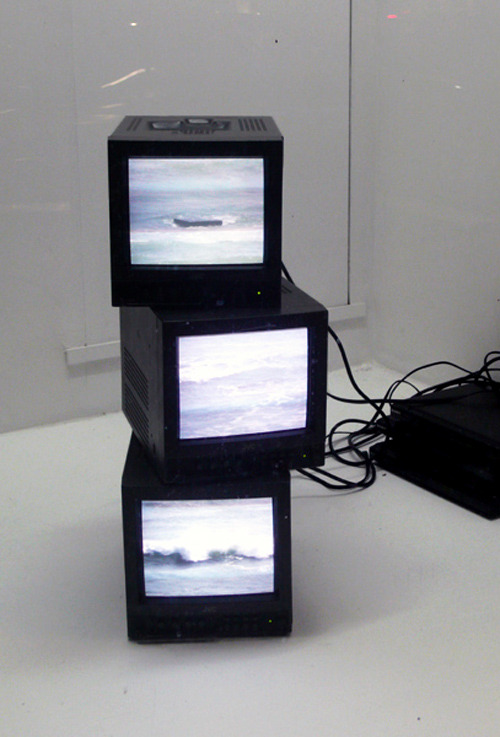


Watching the clouds go by on #Mars. Check out these atmospheric ripples!
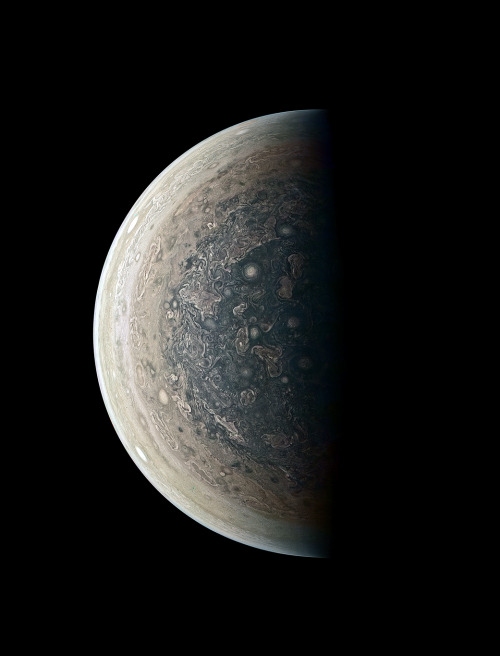
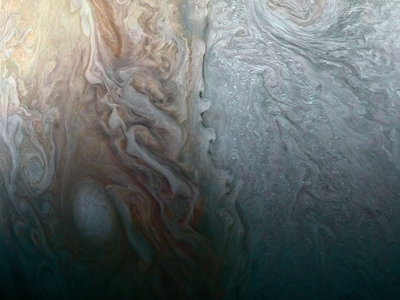



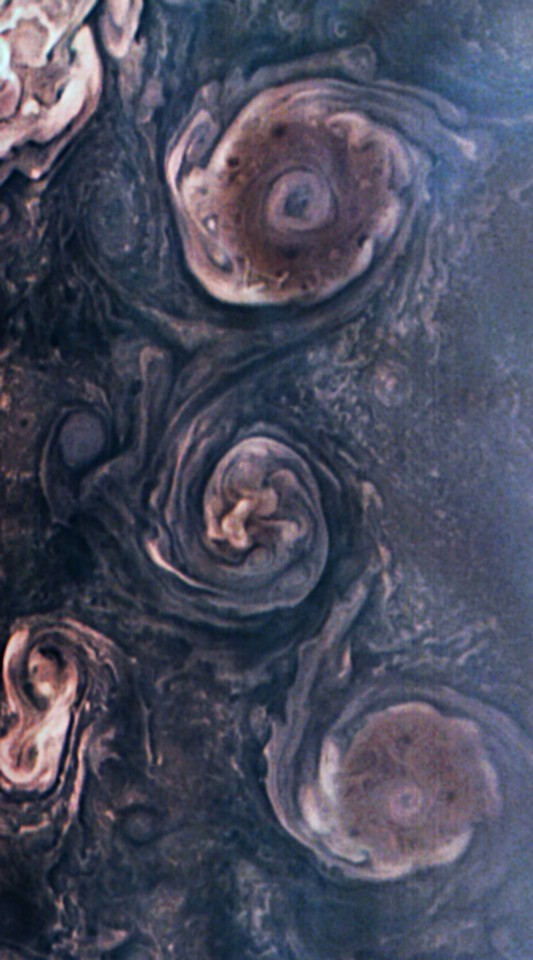



Images of Jupiter taken by JunoCam on NASA’s Juno spacecraft.

Mission Juno
Juno is a NASA spacecraft. It is exploring the planet Jupiter. Juno launched from Earth in 2011. It reached Jupiter in 2016. That was a five-year trip!
The name “Juno” comes from stories told by the Romans long ago. In the stories, Juno was the wife of Jupiter. Jupiter hid behind clouds so no one could see him causing trouble. But Juno could see through the clouds.
Juno has science tools to study Jupiter’s atmosphere. (The atmosphere is the layer of gases around a planet.) Juno will take the first pictures of Jupiter’s poles. The spacecraft will study the lights around Jupiter’s north and south poles, too.
Juno will help scientists understand how Jupiter was made. The spacecraft will help them learn how Jupiter has changed, too. The new discoveries can help us understand more about our solar system.
Sound of Jupiter’s Magnetosphere: Click here
Credit: NASA / JPL-Caltech / Mission Juno / Jason Major / Luca Fornaciari / Gerald Eichstädt


Manganese Dendrites on Limestone
Locality: Solnhofen, Bavaria, Germany

2015 Roundup
Previous years: 2014, 2013, 2012, 2011, 2010. Cool things hopefully coming to this space in 2016. In the meantime, SCIENCE!

Ghost particles.
The McGurk effect is an audiovisual illusion that works even when you know how it works. It shows that understanding speech is visual as well as auditory.

True-color composite of Pluto and its moon Charon.
Jamais vu, the evil twin brother of deja vu.
A few amusing math terms, including surreal numbers and the Cox-Zucker Machine.

The solar eclipse of March 20, 2015. Wow, has it been that long already?
How many words for snow do the Eskimos have? Answer: not as many as you think.

God’s number and the Rubik’s Cube.
Trading in futures in a feudal Japanese rice market.
Quite a few of you have been messaging me using the new messaging system on Tumblr. I can’t respond to all of you if all you say is “hi”–honestly, what did you expect? But if you have any feedback on what you’d like to see here, feel free to do so. See you in 2016, may it be another great year for science!








Hubble Views The Final Frontier For Dark Matter
“This phenomenon of gravitational lensing stretches galaxies into streaks and arcs, magnifying them, and creating multiple images. It also enables us to reconstruct the mass distribution of the cluster, revealing that it’s mostly due to dark matter.”
When you look out at the distant Universe, you can see all sorts of things: stars, galaxies, clusters of galaxies, going as far back into the distant past as our telescopes can image. But where you have the greatest concentrations of mass, an extreme phenomenon emerges: that of gravitational lensing. Any foreground objects lying behind that mass will have their light stretched, magnified and distorted by the intervening matter. Recently, as part of the Hubble Frontier Fields program, the telescope followed-up on galaxy cluster Abell 370, and revealed the most spectacular gravitational lensing signal ever seen in a galaxy cluster. Most importantly, it provides some very strong evidence not only for dark matter’s existence, but for its presence distinct from any galaxies at all.
Come get the full story in images, videos, and no more than 200 words on this edition of Mostly Mute Monday!

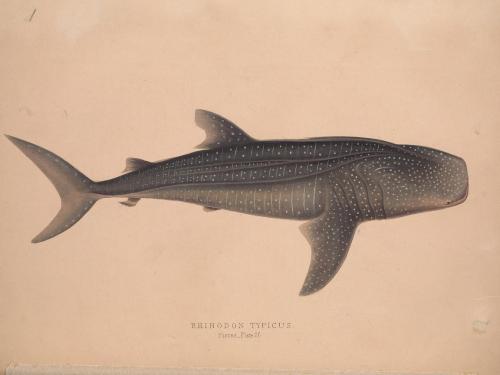




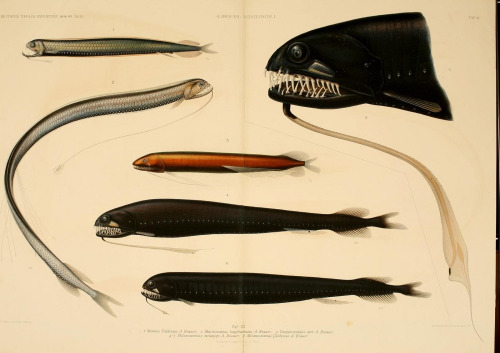
June 8th is World Oceans Day - a day to celebrate the oceans that connect and sustain all of us. Our colleagues at the Biodiversity Heritage Library have been leading up to today with a series of blog posts exploring historic publications that mark important milestones in the progress of marine bioscience research and ocean exploration.
Top image: Whale shark from Illustrations of the zoology of South Africa… v.4 (1845) Middle top : radiolarians and jellyfish from Ernst Haeckle’s Kunstformen der Natur (1904) Middle bottom: giant squid from Cassell’s Natural History v.5-6 and cuttlefish from Voyage de la corvette l'Astrolabe Mollusques and Zoophytes Atlas (1833) Bottom: deep sea fish from Valdivia Expedition…1898-1899. Bd. 15, T. 1
-
 contakarucrie liked this · 1 year ago
contakarucrie liked this · 1 year ago -
 89rooms liked this · 3 years ago
89rooms liked this · 3 years ago -
 fryloch13 liked this · 6 years ago
fryloch13 liked this · 6 years ago -
 johnsonbernice42-blog liked this · 6 years ago
johnsonbernice42-blog liked this · 6 years ago -
 dontcompare reblogged this · 6 years ago
dontcompare reblogged this · 6 years ago -
 paroxysmofreedom liked this · 7 years ago
paroxysmofreedom liked this · 7 years ago -
 wekeepthsloveinaphotograph reblogged this · 7 years ago
wekeepthsloveinaphotograph reblogged this · 7 years ago -
 fabioagnelo liked this · 7 years ago
fabioagnelo liked this · 7 years ago -
 blackoffs liked this · 7 years ago
blackoffs liked this · 7 years ago -
 wareador reblogged this · 7 years ago
wareador reblogged this · 7 years ago -
 wareador liked this · 7 years ago
wareador liked this · 7 years ago -
 chocolatefantasy83 liked this · 7 years ago
chocolatefantasy83 liked this · 7 years ago -
 blackwolfe77 reblogged this · 7 years ago
blackwolfe77 reblogged this · 7 years ago -
 a-li-a-pie-go-go-go-io-t-a-o liked this · 7 years ago
a-li-a-pie-go-go-go-io-t-a-o liked this · 7 years ago -
 lady-vesper reblogged this · 7 years ago
lady-vesper reblogged this · 7 years ago -
 baberuthlesssss liked this · 8 years ago
baberuthlesssss liked this · 8 years ago -
 desertcitykid reblogged this · 8 years ago
desertcitykid reblogged this · 8 years ago -
 idunotwantutoknowwhoiam reblogged this · 8 years ago
idunotwantutoknowwhoiam reblogged this · 8 years ago -
 zanillani reblogged this · 8 years ago
zanillani reblogged this · 8 years ago -
 zanillani liked this · 8 years ago
zanillani liked this · 8 years ago -
 lilac-blooms liked this · 8 years ago
lilac-blooms liked this · 8 years ago -
 obsessivecompulsivedisordered reblogged this · 8 years ago
obsessivecompulsivedisordered reblogged this · 8 years ago -
 the-supernatural-vegan liked this · 8 years ago
the-supernatural-vegan liked this · 8 years ago -
 flowers-and-crowns reblogged this · 8 years ago
flowers-and-crowns reblogged this · 8 years ago -
 xlouex reblogged this · 8 years ago
xlouex reblogged this · 8 years ago -
 jjo8 liked this · 8 years ago
jjo8 liked this · 8 years ago -
 headabovewaters liked this · 8 years ago
headabovewaters liked this · 8 years ago -
 toadstone16 liked this · 8 years ago
toadstone16 liked this · 8 years ago -
 tomystranger reblogged this · 8 years ago
tomystranger reblogged this · 8 years ago -
 chryso-poeia reblogged this · 8 years ago
chryso-poeia reblogged this · 8 years ago